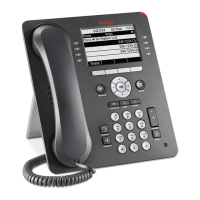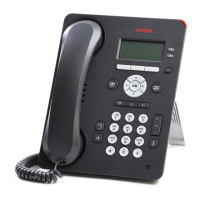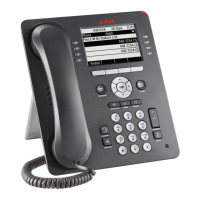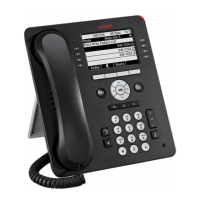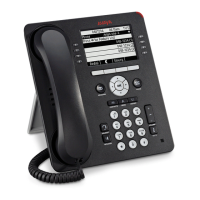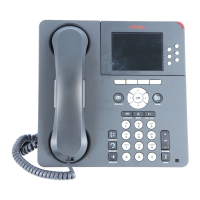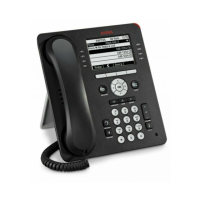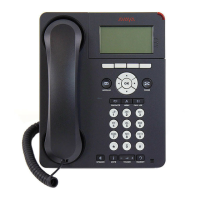What to do if Avaya IP Phone cannot find the HTTP/HTTPS server?
- BBrian HicksJul 30, 2025
If your Avaya IP Phone can't find the HTTP/HTTPS server or the call server, first ensure that MCIPADD is properly administered, either manually, through DHCP, or via HTTP. If the MAC address in the memory is corrupted, return the phone to Avaya for repair.
